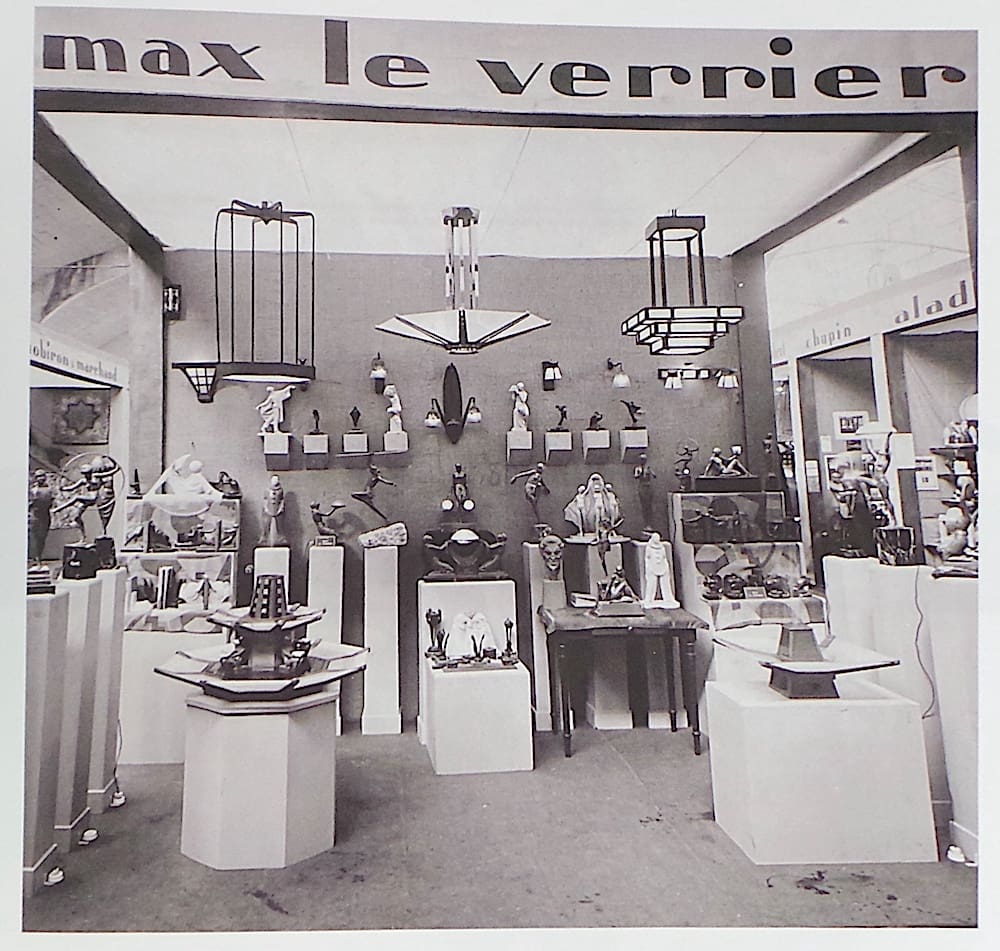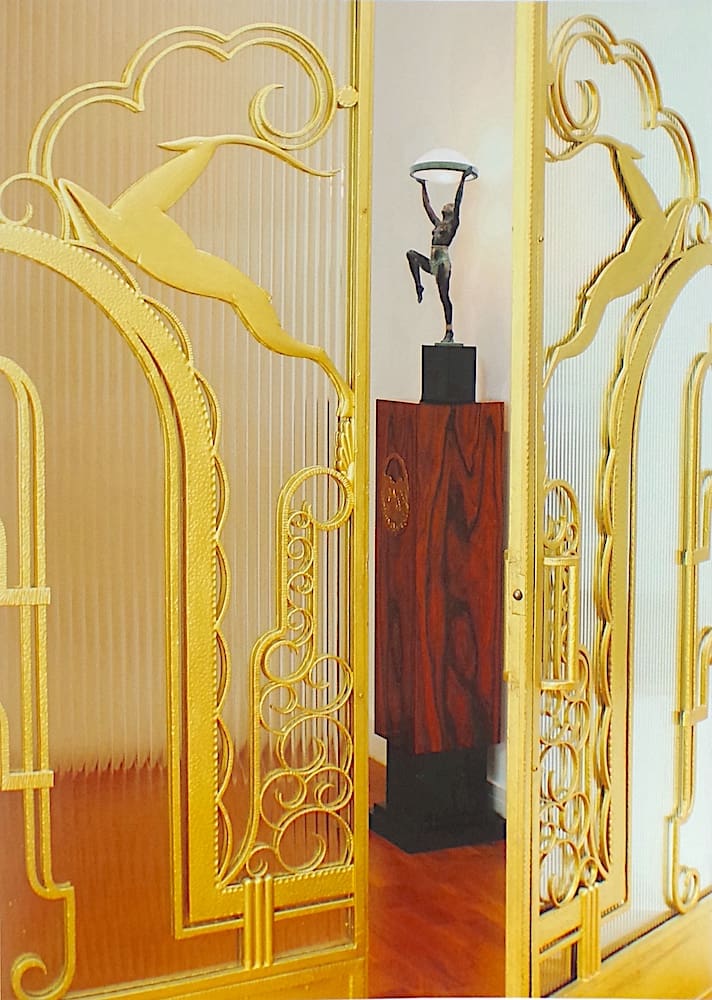The Definitive book on Max Le Verrier
“Always let your imagination run wild and try to follow this untamed wanderer which, despite everything, is the greatest virtue of a true artist” – Max Le Verrier


We first mentioned a book being written in our blog “My Amazing Le Verrier Collection” back in April 2021. Originally planned to include dedicated pages to Marcel Bouraine, Pierre Le Faguays and Raymonde Guerbe whom influenced the early 20th Century artistic movement, it has been refined and repurposed to make a book exclusively dedicated to Max and his work.
Released by Editions Louvre Victoire and written in collaboration with them and the great grandson of Max Le Verrier, Damien Blanchet Le Verrier and his wife Maryline, the details have been checked, double checked and checked again to ensure absolute accuracy. This book has been a long time coming and the work that has gone into it has been a huge undertaking so we are so grateful to Damien and Maryline for completing it and giving us this fantastic book.


Louis Octave Maxime Le Verrier was born on Thursday the 29th of January 1891 in Neuilly-sur-Seine, just west of Paris. Spending many of his childhood years in boarding schools he would go on to serve as a pilot in World War One before studying at the University of Art and Design in Geneva where he would meet Marcel Bouraine and Pierre Le Faguays, both of whom would also become very highly regarded sculptors.

Max married Jeanne in 1921 and had three children – Jean-Paul, Bernard and Sylvie. It was around this time that Max opened his own metal foundry in Paris and dedicated his time to sculpture. In the mid 1920s Max exhibited his sculptures and won many medals for his works. His foundry also allowed him to cast works of fellow sculptors.
Following from their meeting in Geneva Max formed a close friendship with Pierre Le Faguays and his wife Raymonde Guerbe. There are photographs in the book which show the closeness between Max, his wife Jeanne, Pierre Le Faguays and Raymonde Guerbe who were inseparable and all 4 are buried side by side in the cemetery at Fontenay-lès-Briis just south of Paris.
As the Second World War began, and approaching his 50s, Max was ineligible to serve in the army but was active in the French Resistance. A door at the end of the garden provided an exit into the adjoining property which provided an escape route for anyone evading capture from the advancing Axis soldiers. His son Jean-Paul created propaganda posters during the war, but eventually, due to the imprudence of an agent in the Max’s resistance group, the family came to the attention of the occupation forces which lead to the arrest of Max in 1944.


Reopening his foundry after the war, Max would continue his work there.
Max died on Wednesday 6th June 1973.
Covering 288 pages of pictures and text and written in both French and English to reach a wider audience, we recommend this book to anyone with a passing interest in Art Deco and this book is an absolute must for anyone who loves the works of Max Le Verrier as I do.
Having explained in our earlier Le Verrier blog that we had come into possession of important historical documents from the Le Verrier foundry, we were happy to contribute any information requested of us for the book. We also worked with Damien and Maryline to take the picture shown in the book of the Danseuse a la coupe lady lamp peaking out from behind our Edgar Brandt doors. It is a very proud moment for us to have been able to help in our little way but getting such an important book written and released is the most important thing.
The book can currently be purchased from us or from Le Verrier themselves in France.
Back to all blogs